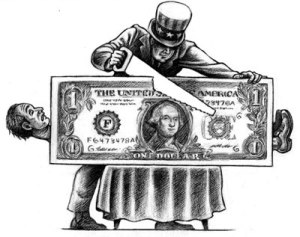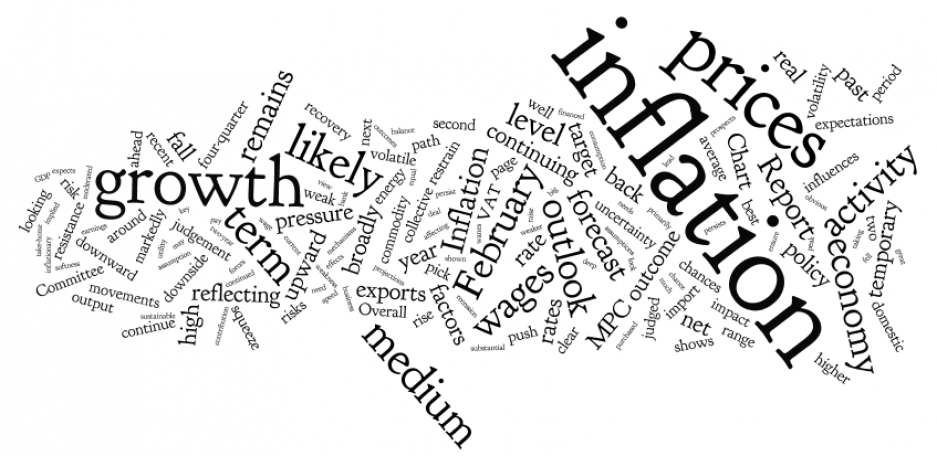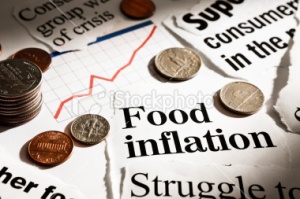Hello readers,
This week I will be talking about how a good monetary policy can help us overcome high rates of inflation and also other measures to overcome inflation.
Why monetary tool is most important:-
Monetary policy is not the only tool for managing aggregate demand for goods and services. Fiscal policy—taxing and spending—is another, and governments have used it extensively during the recent global crisis. (To reduce inflationary pressures the government increases tax and reduces government spending).However, it takes time to legislate tax and spending changes, and once such changes have become law, they are politically difficult to reverse. Also consumers may not respond in the intended way to the fiscal policy (for example, they may save rather than spend a tax cut).Therefore, it is easy to understand why monetary policy is generally viewed as the most important. Most economists think monetary policy is best conducted by a central bank that is independent of the elected government. The most common monetary policy used is to increase interest rates. If the central bank increases interest rates, for example, borrowing costs rise, consumers are less likely to buy things they would normally finance—such as houses or cars—and businesses are less likely to invest in new equipment, software, or buildings. This reduced level of economic activity would be consistent with lower inflation because lower demand usually means lower prices.
DIFFERENT WAYS IN WHICH MONETARY POLICY CAN BE IMPLEMENTED
1-Taking the right inflationary measures first requires us to identify the types and causes of inflation. If a country’s central bank is committed to ensuring price stability it can implement contractionary policies .
2-Some central banks chose to impose monetary discipline by fixing the exchange rate—tying its currency to another currency and, therefore, its monetary policy to that of the country to which it is linked. However, when inflation is driven by global rather than domestic developments, such policies may not help.
3-In some cases the government may directly set prices (as some did in 2008 to prevent high food and fuel prices from passing through). Such administrative price-setting measures usually result in the government accruing large subsidy bills to compensate producers for lost income.
Monetary policy needs to be adjusted in such a manner to the evolving growth-inflation dynamics so that we move towards our potential growth in a non-inflationary manner.
Other measures to reduce inflation:
Wage Control
Wage growth is a key factor in determining inflation. If wages increase quickly it will cause high inflation. In the 1970s, there was a brief attempt at wage controls which tried to limit wage growth. However, it was effectively dropped because it was difficult to widely enforce.
- Supply Side Policies
Supply side policies aim to increase long term competitiveness and productivity. For example, privatization and deregulation were hoped to make firms more productive. Therefore, in the long run supply side policies can help reduce inflationary pressures. However, supply side policies work very much in the long term. They cannot be used to reduce sudden increases in the inflation rate. Invest to boost production of protein rich food, cooking oil, etc. The supply of these items currently lags behind the demand.
3-Invest in infrastructure, cold storage so that food produced is not wasted in the distribution process. Perhaps money that will tentatively come from Foreign Direct Investment in retail move can help towards this.
4-Sound Economic Policy– No better solution than this. If everything goes well with economy, inflation is bound to come down. Promote export that will help appreciate the Indian Rupee (INR) and bring down crude prices which have a major impact on inflation. Make strong laws to stop hoarding.
5-Coordination between the government and the central bank-The interest rates in India are high. There are more than a dozen consecutive rate hikes. Consumption in India is not just tied with economic growth but also tied with public subsidies. The government runs huge subsidy bills through various ‘populist’ policies. Now there is a disparity in the activities of the central bank and the government. The central bank wants to moderate consumption while the government, by its subsidies, indirectly encourages consumption and thereby indirectly nullifying the effects of RBI. Therefore as we can see there should clearly be coordination.
6-Other measures like Direct cash transfers are also aimed at the same thing. These measures come with a lag and we have to wait and see the long term effects.
These according to me are the best measures to curb inflation. I would be very happy if you all shared your views with us.
Vedika Kedia



